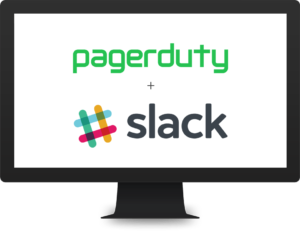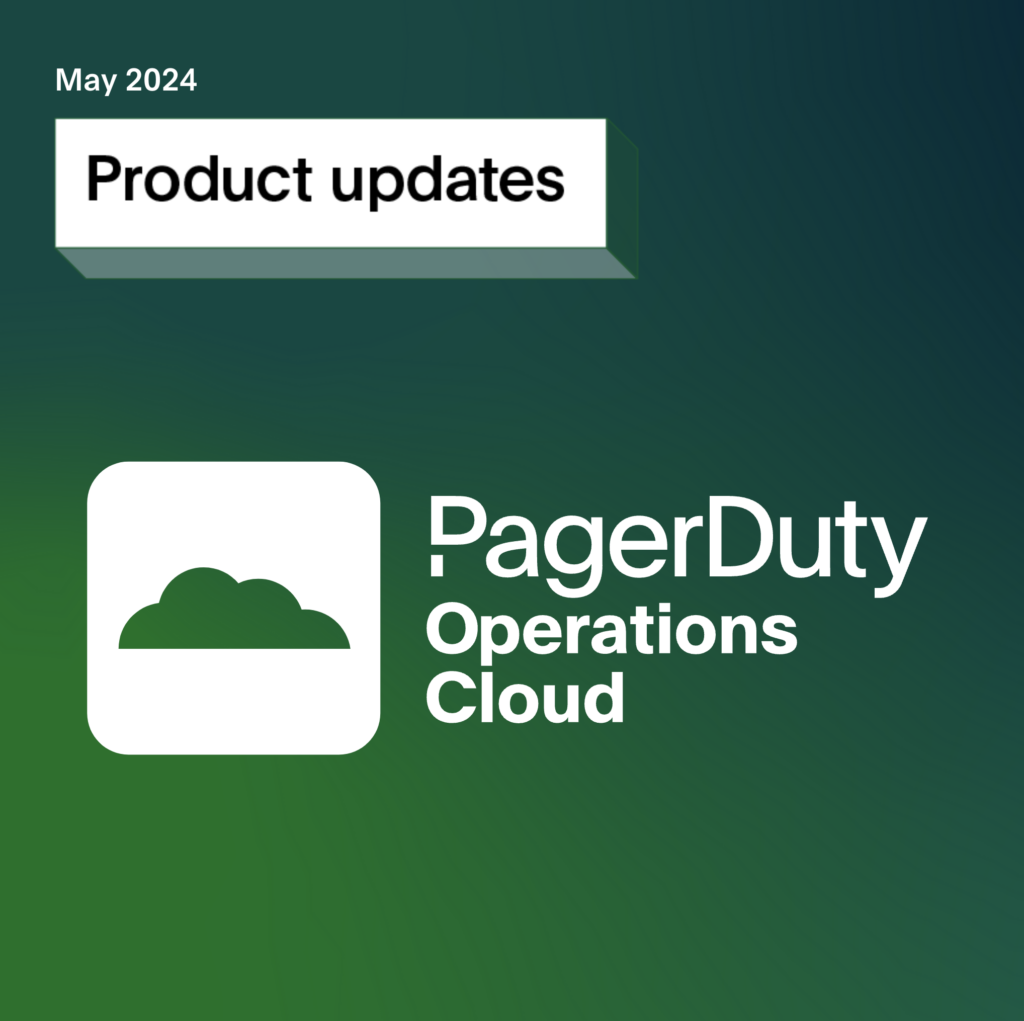- PagerDuty /
- Blog /
- Announcements /
- ChatOps Incident Management with the new PagerDuty Slack Integration
Blog
ChatOps Incident Management with the new PagerDuty Slack Integration
 Here in San Francisco, it’s hard to go a day without hearing about ChatOps and Slack. Sure, living near the Slack headquarters and using their product every day tends to influence my view, but still, they’re everywhere. Their blog shows up on my Medium feed all the time, and very recently I even saw a Slack commercial. It was not long ago when even mentioning a chat tool made me cringe. Memories of being unwillingly logged out of the interface and constantly missing direct messages still haunt me to this day.
Here in San Francisco, it’s hard to go a day without hearing about ChatOps and Slack. Sure, living near the Slack headquarters and using their product every day tends to influence my view, but still, they’re everywhere. Their blog shows up on my Medium feed all the time, and very recently I even saw a Slack commercial. It was not long ago when even mentioning a chat tool made me cringe. Memories of being unwillingly logged out of the interface and constantly missing direct messages still haunt me to this day.
But things have certainly changed, and chat is now a vital part of my many daily workflows. Thanks to companies like Slack, chat has evolved into ChatOps, and ChatOps has taken collaboration to a new level when it comes to incident response.
Watching an outage channel on Slack is pretty amazing.
Graphs fly in outlining the severity of an issue, code being shared, and bots chugging away at automating tasks and providing status updates. Information related to an incident is documented in real-time, generating a rich timeline — this workflow is beautiful. That is, until a responder joins to resolve an issue and is forced to toggle between tools.
Have you ever witnessed trying to get an incident responder on a Slack channel, watching them file ServiceNow tickets, and send email status updates? These actions destroy the incident response flow, taking responders away from urgent, important things such as getting your website back up and running. And unfortunately, these interruptions have become the norm within most organizations.
At PagerDuty, we teamed up with Slack to solve this issue. First, we know that PagerDuty incidents are often the start of the incident resolution process. Many teams have their PagerDuty incidents piping over to Slack channels. So, we worked with Slack’s UX team to create concise, user-friendly messages that convey all the information you need without taking up your entire Slack feed.
Furthermore, we don’t want our users to have to toggle between PagerDuty and Slack. So, in partnering with Slack, we were able to leverage their new Message Buttons feature. With the click of a button, users now have the ability to acknowledge and resolve PagerDuty incidents from Slack. PagerDuty updates populate the Slack timeline, so it is always clear who has the ball, when and what actions were taken. Users can also leverage our 150+ integrations as well as our API to extend this functionality. For instance, PagerDuty will continually update ServiceNow with acks and resolves from Slack, so responders do not need to worry about filing tickets and updating them in the heat of battle.
Lastly, we want the setup process for this integration to be as seamless as possible. Gone are the days of having to paste webhook URLs and API keys. In just a couple of clicks, PagerDuty users can authorize their Slack account and start sending PagerDuty messages to the channels of their choice.
We’ve had a great time working with Slack to enhance our integration, and are thrilled to partner with them as part of their Message Buttons launch. As developments in ChatOps and enterprise collaboration continue to revolutionize every industry, look to PagerDuty to continue developing integrations that tap into this functionality to create additional value for our users and optimize any workflow.
Interested in more? Download the reference card to learn more.


